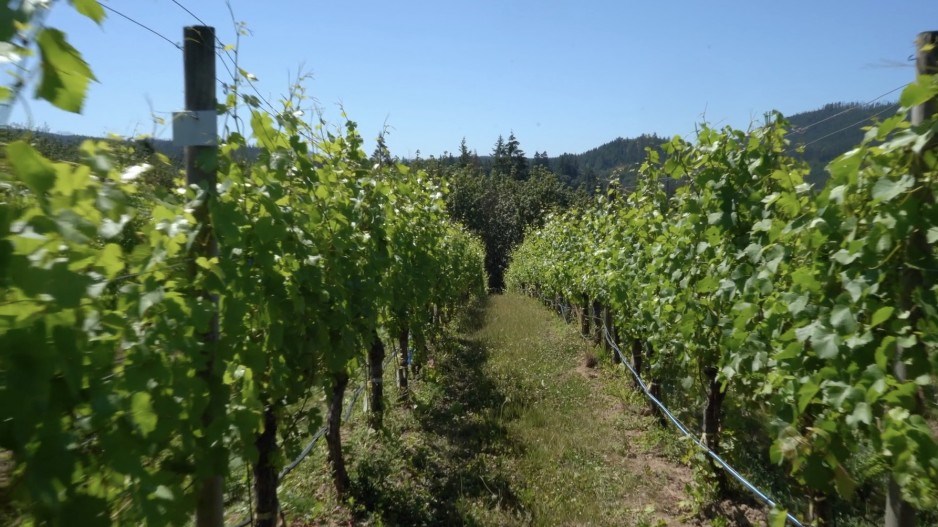What happened: Winemakers in B.C.'s Cowichan Valley may now put that location on the front label of their wine bottles to show customers where the grapes for their wines were grown. They still must also put the words "Vancouver Island," but the B.C. government's move to approve the new wine sub-appellation designation "Cowichan Valley," means that those winemakers will be allowed to be more specific.
Why this matters: Different wine regions can produce wines with distinctive characteristics that consumers may seek. Allowing winemakers to put a more specific region on wine bottle labels could help educate consumers on what wines they like, and what wines from that region taste like, and it may also lead to higher quality products that carry higher prices.
The B.C. government on July 10 announced that winemakers in B.C.'s Cowichan Valley may put that specific region on the front label of their wine bottles to show customers where the grapes for their wines were grown. Wines that carry the new sub-appellation also have to go through a process to prove that their wines are indeed made with grapes grown in the area, and that those grapes represent at least 95% of those used to make the wine.
This is the fifth wine sub-appellation, or sub-geographic indicator, that the government has approved, and it is the first one that is outside of the Okanagan Valley. The others are: Golden Mile Bench, Naramata Bench, Okanagan Falls and Skaha Bench. The new Cowichan region has 14 wineries or vineyards, according to a report submitted by supporters of the new region.
Like the other four sub-appellations, winemakers in the Cowichan Valley must also put the full Vancouver Island appellation, or the larger geographic indicator, on wine bottle labels. Those in the other sub-appellations similarly must put Okanagan Valley on their wine bottle labels.
Bailey Williamson, Blue Grouse Estate Winery's winemaker, was one of those who led the initiative, and that winery's owner, Paul Brunner, said the new designation "recognizes our unique terroir and solidifies Vancouver Island's position as an up-and-coming wine destination."
The Cowichan Valley is roughly defined as being the area between the Cowichan watershed, the eastern coastline from Mill Bay to Maple Bay, and the western area of Cowichan Lake.
B.C. has nine wine regions that have wineries that may make wine that could be certified under the BC Vintners Quality Alliance (BC VQA) program.
They are: Okanagan Valley, Similkameen Valley, Fraser Valley, Vancouver Island, Gulf Islands, the Thompson Valley, Shuswap, Lillooet and the Kootenays.
Wineries in those regions that qualify for the BC VQA certification must put those regions on wine bottle labels.
The drive to enable winery owners to put more specific geographic areas on their wine labels has been going on since before 2015, when the B.C. government approved Golden Mile Bench as the province's first such sub-appellation.
The movement then picked up steam in July, 2018, when the B.C. government approved the Okanagan Falls region as the province’s second sub-appellation.
The recent drives to create sub-appellations also follow the 2015 founding of the B.C. Wine Appellation Task Group, which planned to splinter the Okanagan Valley into 15 contiguous regions, in a way that would resemble a cracked mirror.
The industry also showed overwhelming support for the idea of creating sub-appellations in a provincial plebiscite that the British Columbia Wine Authority held in 2016.
“I wanted it all to happen at once,” task group chairman and Summerhill Pyramid Winery principal Ezra Cipes told BIV in 2018.
In the end, however, the project proved too ambitious for the task group, and it was left to deeper-pocketed groups of winery owners to spend the necessary time on reports, lobbying and consultation to get their carefully drawn sub-regions designated.




